Does it ever happen in your daily life that someone, without any introduction, suddenly hands you a book, already open at the first page, and instructs you to start reading? If that has ever happened to you, it must have been in exceptional circumstances!
In reality, various things may happen before we start reading: friends may recommend a book, or we might be influenced by reviews in the media; a film might make us curious to read the book it was based on; we might browse through a catalogue, online or an ‘old-fashioned’ paper one, looking at the covers of books and skimming the blurbs (the short, ‘appetising’ descriptions in catalogues, and on back or inside book covers); we may browse the shelves in a bookshop, where we certainly look at the books, open them, sample parts of them; we may find we need some information about something, in the case of choosing non-fiction, or simply want to explore our interests further.
These natural procedures can all be replicated when we introduce learners to reading in the foreign language, whether they are our own children or learners of any age. Clearly, we want to do this to make reading in the foreign language as natural and enjoyable as possible, but we also have a methodological agenda of aims to facilitate learners’ reading, such as:
- activating what learners already know about the subject, be it ever so little: learners should bring their knowledge to a text
- encouraging learners to make predictions, because good readers are constantly predicting: how the sentence will end, how the chapter will end, how the book will end
- eliciting or pre-teaching some relevant vocabulary.
Most of the procedures we can use require little preparation and time, but they certainly reward the effort. Here is a brief list of tried and trusted procedures.
- Take an attractively illustrated book catalogue and elicit first descriptions of the covers of the books and then predictions about the contents of those books. Look at the blurbs and pick out key words together.
A longer activity for a class is to cut out several covers of different books from a catalogue, cut out the blurbs separately, mix them up and ask learners to match them correctly. This practises scanning skills but also nurtures awareness of genres – horror, thriller, romance, humour, etc. – as well as arousing curiosity.
Before starting a well-illustrated book with younger learners, try ‘walking’ through the book first: that is, looking together through all the pictures, eliciting descriptions and predictions.
Useful vocabulary will come up, and expectations will be aroused. As a game, the teacher can say ‘Find a picture containing/ which shows…’ and the learner(s) race(s) through the book to find the relevant picture.
With a class of older learners, use photocopies or electronic slides of some illustrations (better if they are ‘action scenes’) in scrambled order, and invite learners to suggest the order in which they might occur.
With older learners, if a story has chapter headings, photocopy the contents page(s), cut up the chapter headings and stick them on a piece of paper in scrambled order; photocopy this and distribute it. (Alternatively, simply write the chapter headings out of order on the board.) Ask learners to put them in the order they think they will occur in the text and – and this is where language skills and awareness of narrative come in! – explain their reasons.
So far, in all these activities to do before starting a book, I have emphasised encouraging prediction. I feel this is vital to transfer a ‘predicting attitude’ from reading in the first language to reading in the foreign language(s). Consider how often storytellers exploit surprise and suspense. Well, suspense and surprise would have absolutely no effect if we had no expectations at all about how the plot is going to develop! This proves that we are always predicting when we read!
To encourage prediction, teachers often read out or write on the board the first sentence(s) of a story. This seems logical, but first sentences are not always useful for prediction. For other ‘points of entry’ into a whole story or just a chapter, let us take inspiration from another genre which aims to stimulate our appetites and our predictions – film trailers. Trailers never use beginnings, choosing instead the most exciting parts of films. Furthermore, they don’t make explicit the narrative connection between the extracts. So, here are some ideas for using text el
ements that are not first sentences.
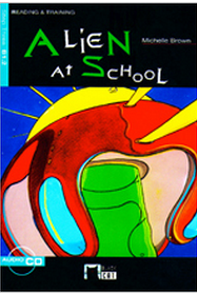 Any exciting or intriguing sentence from the text – even the last sentence – can be extracted, and learners asked ‘What do you think might happen to lead up to this?’.
Any exciting or intriguing sentence from the text – even the last sentence – can be extracted, and learners asked ‘What do you think might happen to lead up to this?’.- Extract some significant sentences from the chapter (minimum 3, maximum 6), write them on the board in scrambled order, and ask the class to suggest the order in which they will occur. Inevitably, learners find they have to imagine how a plot might develop.
- Write on the board some words or phrases (minimum 3, maximum 6) that are significant in the chapter. Learners predict in what context they will occur: for example, in relation to which character, or to what possible event.
(This is also a good opportunity to pre-teach any lexis that might be unknown.)
- Extract a short, exciting and/or important passage and eliminate some of the words (gap-filling procedure). This procedure aims to encourage prediction, not test language, so the words eliminated should concern plot and/or character (i.e. don’t cut articles, prepositions, etc.). Learners suggest words for the gaps: they are really motivated to compare their ideas with the text when they read! As the aim is prediction, learners can even suggest words in their own language. (The teacher could translate any words suggested that he/she thinks are useful).
The fundamental aim, however, of these activities – and other pre-reading activities – is to prepare and encourage our learners to read, so as soon as our learner(s) look(s) ready and eager to read, start reading!

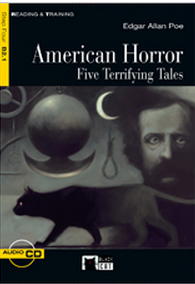



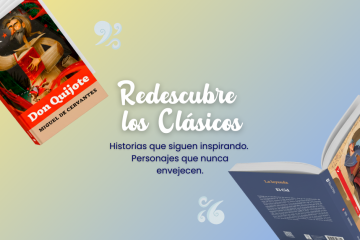
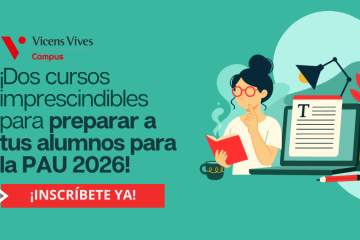


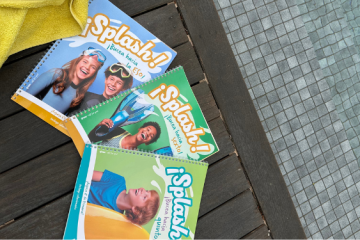

Sin Comentarios